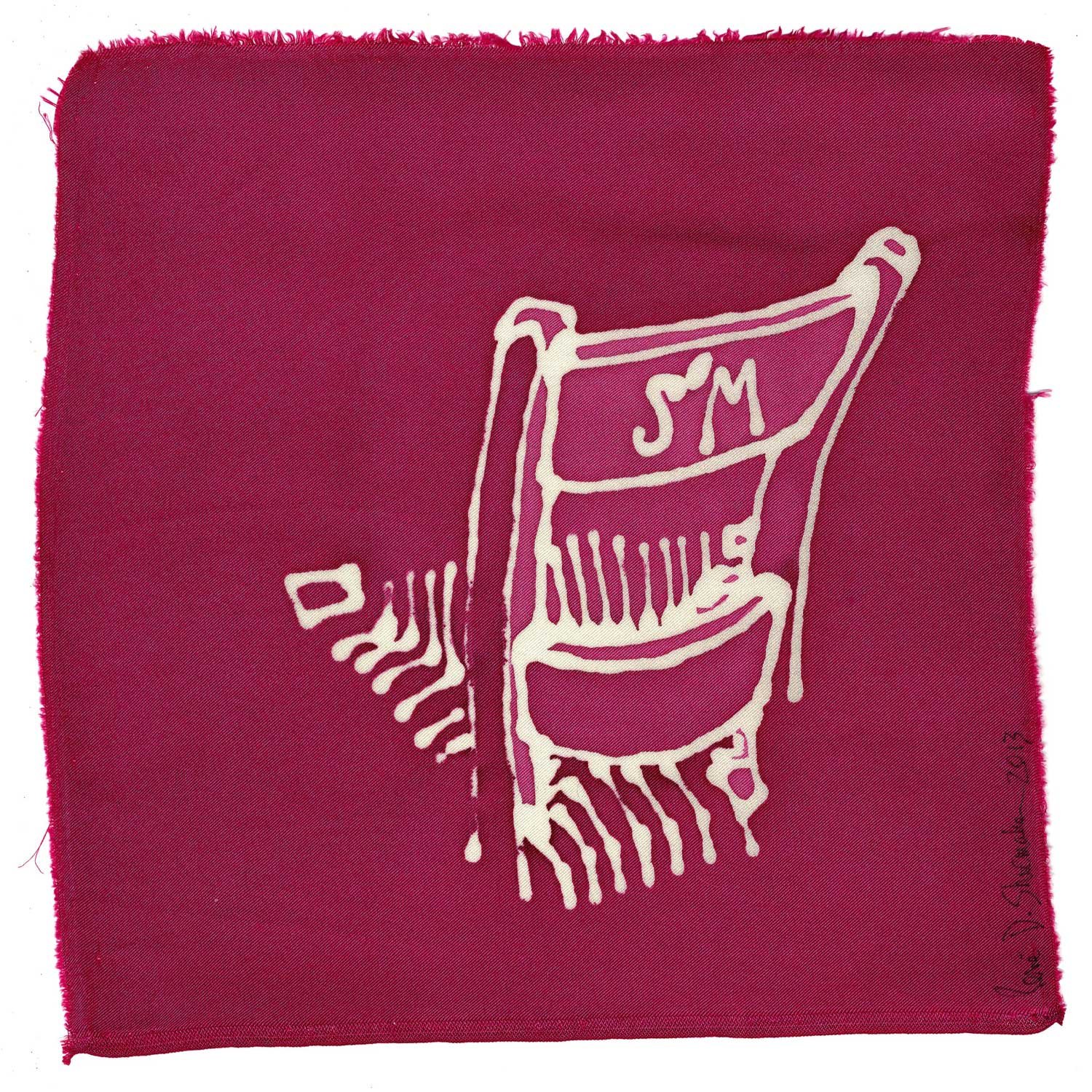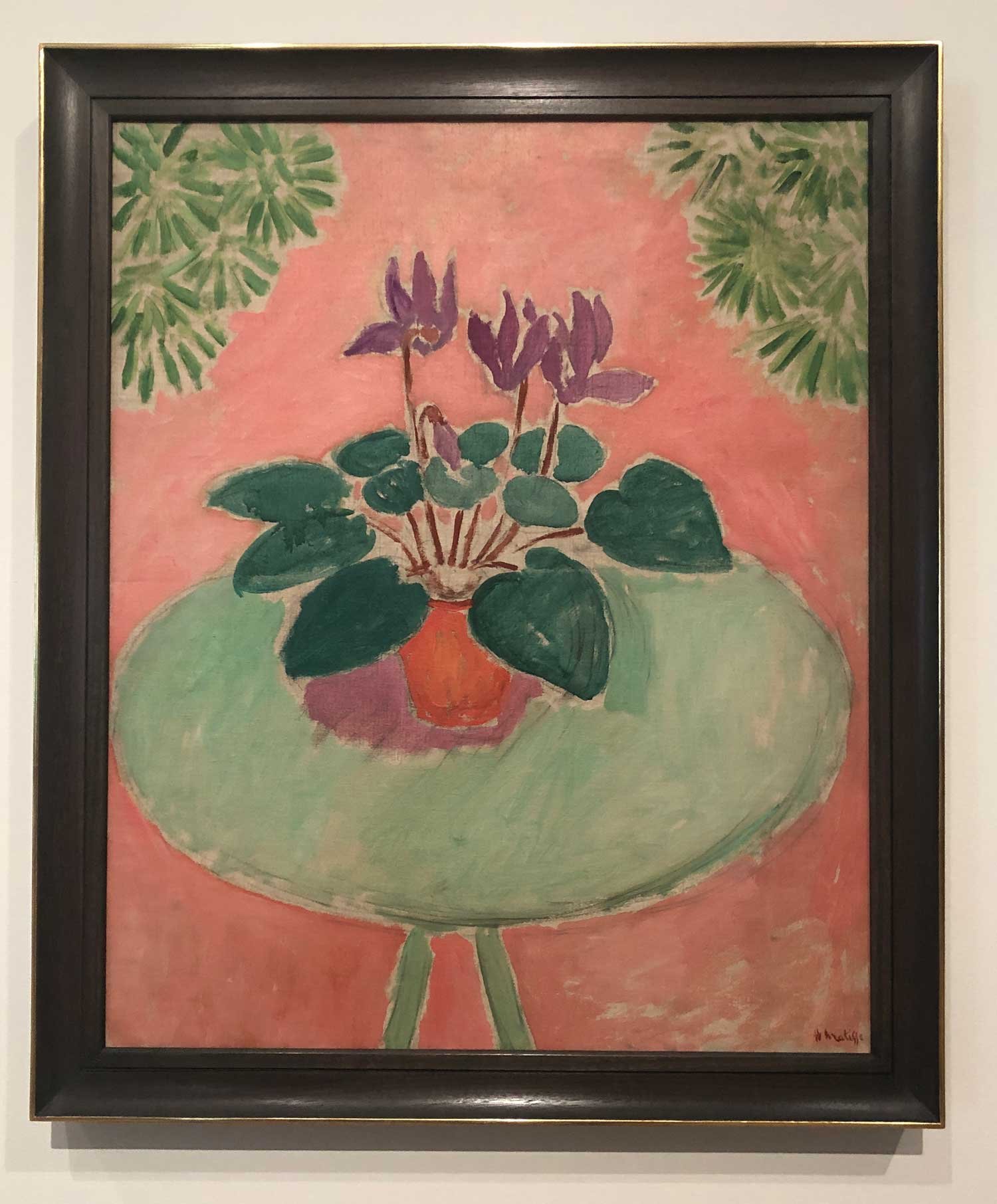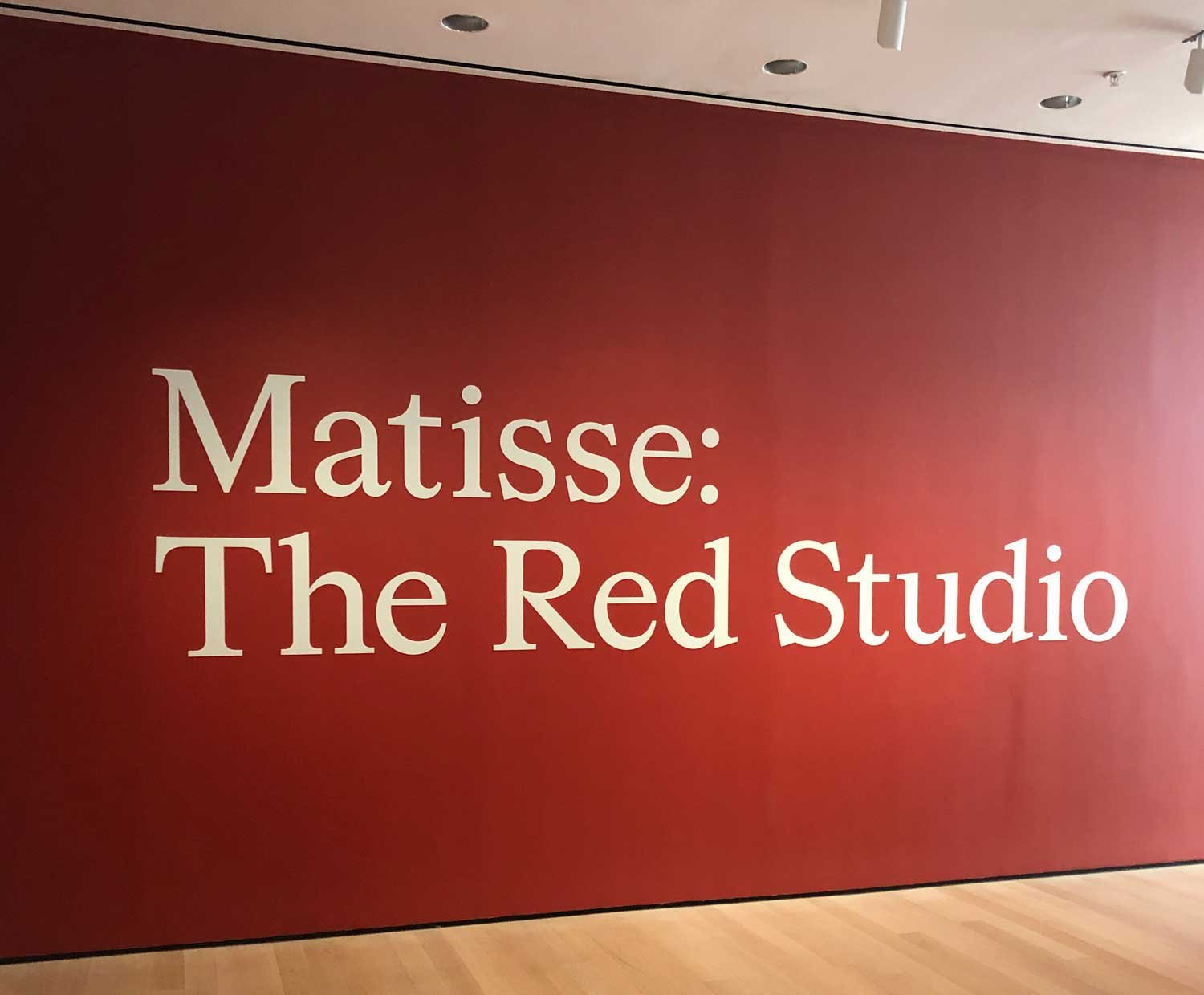As a follow-up to my July newsletter and art exhibit in Crocq, I have learned more about the exhibition hall that I described, which was so fascinating to me. After fact-checking my understanding of the information, I now want to share this story with you.
I noted that Crocq was an interesting village in the French department of La Creuse. But the real story—besides the rabbit skins (another new fact: it was rabbits the tanneries of Crocq were processing) and the medieval towers overlooking the town—is that the exhibit hall, which now houses an elementary school on the ground floor, was originally built as an agricultural school, then became a hospital of sorts, a Maison de cure climatique, or health resort for children.
Ecole élémentaire, 8 rue Jean et Robert Judet 23260 Crocq
From 1939-1942, the schoolhouse was used as a refuge for Jewish children during the war, providing a safe place for them to hide in rural France. Limousin, including La Creuse, is known as a seat of the French resistance. Here in La Creuse there are still many discussions and reminders of the reality of the Seconde Guerre mondiale (World War II) on French soil.
"Jewish Children at the Crocq Refuge - 1941"
Louis Aron and his wife, along with a tireless team of staff, were responsible for running this refuge and maintaining a sense of normality for the children under their care. Aron was the director of the La maison israélite de refuge pour l’enfance, The Israelite House of Refuge for Children, and it is believed that 400 children were saved there by his refusal to declare the children of the refuge as Jews, since only their parents could have done so.*
A monument outside the school declares:
Qui save un homme sauve l’humanité toute entière. L’oubli c’est l’exil, la memoire le secret de la délivrance.
“Whoever saves a man saves all mankind. Forgetting is exile, memory is the secret of deliverance.”
In 1942, the children were moved to another safe place seven kilometers away in Mainsat until 1944, when the Refuge became known as the “Foyer Israélite”, a center for Jewish immigrants.
The Journal of Louis Aron presented by Serge Klarsfeld
The citation is as follows:
Klarsfeld, Serge
Journal de Louis Aron, Directeur de la Maison Israélite de refuge pour l'enfance: Neuilly-sur-Seine 1939, Crocq (Creuse) 1939-1942. Édité et présenté par Serge Klarsfeld avec la collaboration d'Annette Zaidman. Association “Les Fils et filles des Déportés Juifs de Franc” et “The Beate Klarsfeld Foundation.” 1998
*Worldcat note, From the Bibliography of the Vidal Sassoon International Center for the Study of Antisemitism
++++
The interior of the elementary school, upstairs gallery space
The exhibit in Crocq has ended. My painting of the Felletin library sold (thank you, Jon!), but there are still eight paintings available from that collection. If you are interested in owning one for yourself, send me a message and we will work out the details together.
Regarding the shop, it will be closed from September through December for renovation. I am happy to assist you with commissions - in fact I delight in working on them, so please send me your ideas of what you would like to order for the holidays.
A Frequently Asked Questions (FAQ) page will be added to the online shop, so please comment below to let me know what questions pop into your mind that I should address: Shipping policy? Postage costs? How artwork gets mailed safely? How to care for your paintings on silk? Your input is invaluable to maximize the helpfulness of the FAQ page future visitors to the site.
I will also be updating descriptions, adding new artwork, and removing some of the older pieces on the site.
Collection of my artwork that was on exhibit in Crocq
A new exhibit in Aubusson is planned for September! I will send the details as soon as they are confirmed. The Aubusson gallery will be handling sales of my artwork through December 31; I’ll provide that contact information in the forthcoming exhibition announcement
As always, thank you so much for being part of my life.
Expanding your art collection? Contact me for commissions and/or a private tour of my art, which is available in many sizes & price points.
In Athens, my original art, paper goods and small gifts are carried by:
Community, and
and in Aubusson at the Office of Tourism.
Sustainable packaging courtesy of
noissue .
Thank you for supporting the arts in Athens and beyond.
Share the love! Forward this email to your friends and colleagues.





























